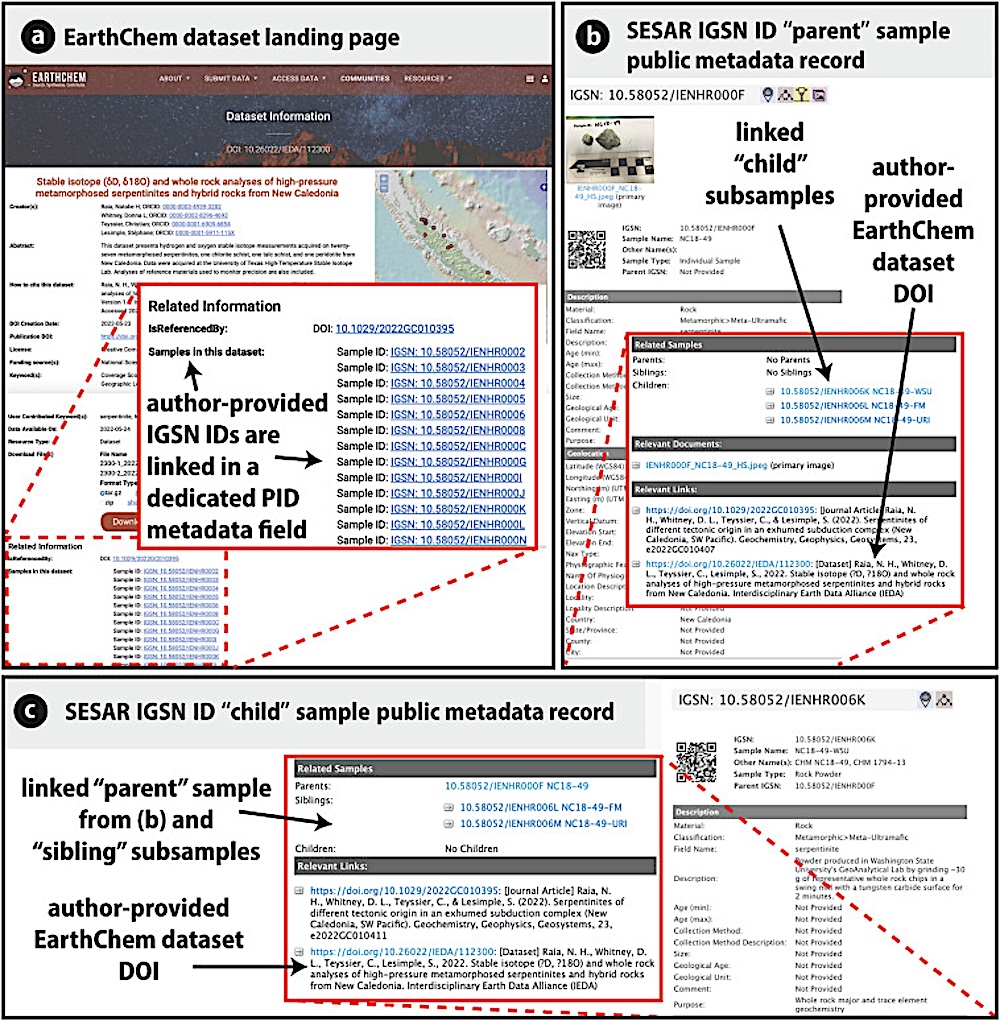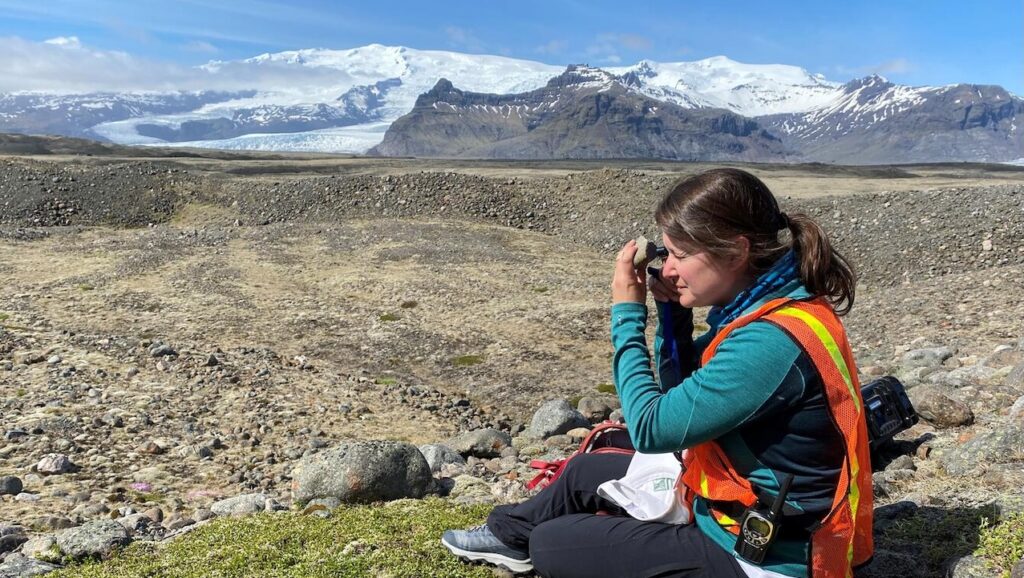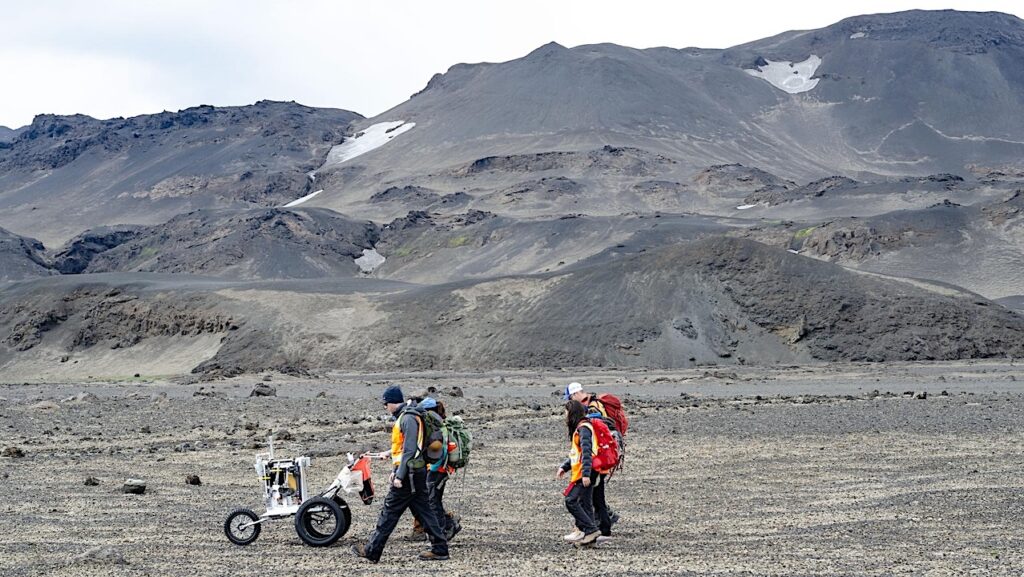Away Team Sample Return And Tracking: Physical Sample Tracking And Attribution In Earth And Environmental Sciences

Physical samples and their associated data and metadata underpin scientific discoveries across disciplines and can enable new science when appropriately archived. However, there are significant gaps in current practices and infrastructure that prevent accurate provenance tracking, reproducibility, and attribution.
For most samples, descriptive metadata are often sparse, inaccessible, or absent. Samples and associated data and metadata may also be scattered across numerous physical collections, data repositories, laboratories, data files, and papers with no clear linkage or provenance tracking as new information is generated over time.
The Earth Science Information Partners (ESIP) Physical Samples Curation Cluster has therefore developed guidance for scientific authors on ‘Publishing Open Research Using Physical Samples.’ This involved synthesizing existing practices, gathering community feedback, and assessing real-world examples.
We identified improvements needed to enable authors to efficiently cite and link Earth science samples and related data, and track their use. Our goal is to help improve discoverability, interoperability, and reuse of physical samples, and associated data and metadata.
Though primarily focused on the needs of Earth and environmental sciences, these guidelines are broadly applicable.

Diagram depicting linkages between ECL (10.26022/IEDA/112300) and SESAR. (a) During dataset submission, authors are provided with a dedicated PID metadata field to provide sample PIDs. Once the dataset is submitted, the system verifies and hyperlinks the PIDs (in this case IGSN IDs). (b) Linked IGSN IDs lead to a permanent, publicly available metadata “landing page.” For the sample shown, additional subsample (“child”) IGSN IDs have been registered and are linked. The IGSN ID registrant has provided the DOI for the dataset shown in (a) in a dedicated metadata field for related URLs or DOIs. (c) A “child” subsample metadata record links back to the “parent” sample IGSN ID (b) and to other subsamples (“siblings”). The IGSN ID registrant has manually provided the DOI for the dataset shown in (a). — Science Data via PubMed
Opening doors to physical sample tracking and attribution in Earth and environmental sciences, Science Data via PubMed
Opening doors to physical sample tracking and attribution in Earth and environmental sciences, Science Data (open access)
Astrobiology,








